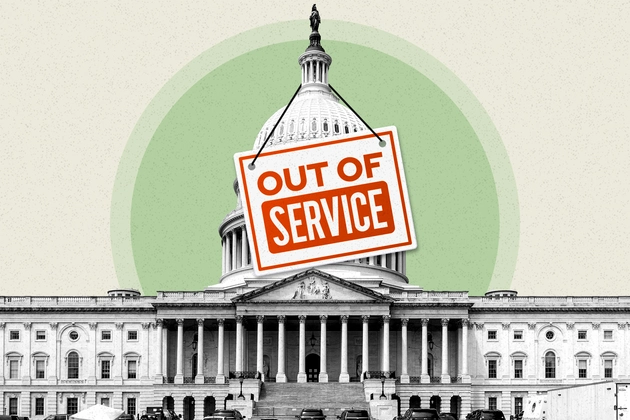Introduction

The US government shutdown 2025 has officially begun as Congress failed to pass necessary funding legislation before the fiscal year deadline. In this article, we analyze what led to this federal funding lapse, how it affects various sectors and on-chain indicators, and what the possible outcomes might be. The shutdown impact is already being felt across federal agencies, markets, and public services.
Why the Shutdown Happened (Causes & Deadlock)
Budget Impasse & Partisan Disputes
Congress traditionally passes 12 appropriations bills to fund the federal government. Since none were approved ahead of October 1, 2025, a continuing resolution (CR) was needed but was blocked by persistent disagreements.
Key flashpoints include:
- Healthcare subsidies & Medicaid cuts: Democrats demanded restoring pandemic-era health coverage supports.
- Foreign aid rescissions and defense spending disagreements.
- Trump administration’s push for executive flexibility: Agencies were told to prepare for mass firings for programs not aligned with the President’s priorities.
In some sense, both sides are holding firm: Republicans rejected adding health policy amendments, while Democrats declined to back a “clean” spending bill.
Unique Features of This Shutdown
Compared to prior shutdowns, 2025’s has some distinct characteristics:
- The White House memo urges “reduction in force” strategies—i.e. permanent positions cut, not just temporary furloughs.
- Agencies’ contingency plans are not publicly posted, increasing uncertainty.
- The shutdown is the first since 2019, the 21st funding gap in modern history, and the third under Trump’s presidency.
Effects & Impacts
On Federal Employees & Agencies
- Up to 750,000 federal workers might be furloughed (i.e. temporarily laid off) or work without pay.
- Within the Department of Health and Human Services, 41 % of employees could face furlough.
- Essential workers (e.g. TSA, air traffic control) may still work, but without immediate pay.
- Due to the 2019 Government Employee Fair Treatment Act, many furloughed employees will receive back pay once the shutdown ends.
Public Services, Agencies & Program Interruptions
Some services will be suspended or slowed:
- National parks, museums, and recreational sites may close.
- Public health agencies (CDC, NIH) may drastically scale back operations.
- Processing of loan programs, housing assistance, veteran services may be delayed or halted.
- Some functions continue: Social Security, Medicare, mail delivery, and customs tariff collection.
Economic & Market Consequences
- The shutdown could cost the travel industry $1 billion per week.
- Stock and bond markets face increased uncertainty as the shutdown drags on.
- There may be ripple effects internationally, especially in economies linked to U.S. trade or financial systems.
On-Chain / Crypto Sector Insights
While the shutdown is primarily a fiscal-political event, some indirect observations for blockchain / crypto markets:
- Risk-off sentiment may dominate equity and crypto markets as macro uncertainty rises.
- Delays in regulation or oversight (e.g., SEC, CFTC) might slow enforcement or regulatory updates temporarily.
- Infrastructure providers or oracle services tied to government contracts could see delays in funding or procurement.
Possible Scenarios & Technical Outlook
Duration Scenarios
| Scenario | Likelihood | Implication |
|---|---|---|
| Short shutdown (days to ~2 weeks) | Moderate | Quick resumption of services; less long-term damage |
| Extended stalemate (weeks to months) | Low to moderate | Deep effects on services & economy; job losses possible |
| Forced compromise / emergency CR | Moderate | Could see a temporary patch but no long-term solution |
What Might Break the Deadlock
- Negotiation around healthcare subsidies / Medicaid rollback.
- Pressure from public backlash as federal workers and public feel impact.
- Use of emergency or stopgap funding bills with minimal policy riders.
- Court challenges or constitutional pressure if executive power is used aggressively.
Conclusion
The US government shutdown 2025 stems from a deep budget impasse over healthcare, foreign aid, and administrative priorities. Its impact is already rippling through government functions, the economy, and public services. If prolonged, it could lead to permanent job cuts, significant economic drag, and erosion of trust in governance. However, a resolution is still possible through political compromise or judicial pressure.
Not financial advice.





